Oxford Heritage Asset Register: A closer look at the shortlist
 Steve Daniels / JThomas
Steve Daniels / JThomasWhat do a medieval wall, a bridge built in under a day and a shark sculpture sticking out of the roof of a house all have in common?
They are among 17 potential additions to the Oxford Heritage Asset Register, which are set to be decided by the city's planning committee.
The idea is to identify special places not necessarily of national importance, but which local people want safeguarded from planning decisions because of their cultural, social, or historic value.
It was established by Oxford City Council and is funded by Historic England, the Oxford Preservation Trust and local communities.
So what is so special about the entries that made the latest shortlist? BBC News takes a closer look.

Headington Shark
The most controversial nomination is possibly Oxford's quirkiest landmark.
Installed by former BBC Radio Oxford presenter Bill Heine, Untitled 1986 was a cause celebre at the time, with Oxford City Council dead against it.
Heine, who died in 2019, was told it broke planning rules and he was only able to keep it when Michael Heseltine backed an appeal in 1992.
It is because of this thorny history that his son, Magnus Hanson-Heine, feels it should be nowhere near the list.
"We've got this iconic sculpture that stands in opposition to the planning laws to some extent, and against the idea that planners get to decide for the public what kind of art you are and aren't allowed to see," he says.
Colin Cook, heritage champion at Oxford City Council, says: "I can see the intellectual argument about a council protecting something it was trying to get rid of originally.
"The decision's still got to be made but the council going against the owner in terms of planning permission, and now the council going against the current owner in terms of listing... there's a piquancy there that you can't help chuckling at."
Debbie Dance, director of the Oxford Preservation Trust, says the shark is now seen as a tourist attraction.
"The asset register is meant as a way of giving local people their voice and it would be a shame if it was perceived as being about stopping things," she adds.
"It's highlighting how much they matter to people."

105 London Road, Headington
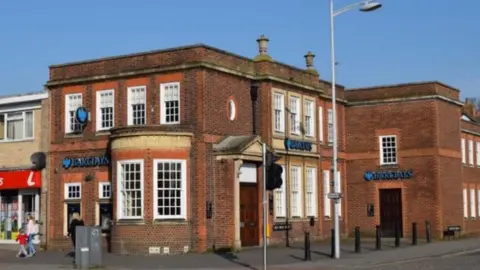 Oxford City Council
Oxford City CouncilThis 1920s-built Barclays Bank is a local landmark on the corner of a busy Headington junction.
The branch closed in May 2020 following 95 years of service, claiming only 68 customers were still using it.
It has since undergone redevelopment into flats but inclusion on the list may thwart plans to alter it further.
Ms Dance says: "It's not a grand university building but when you think of Headington, and you think of the crossroads, you think of that building.
"Before you lose it you need to be thinking, would it matter? If it matters to local people I think they should have the opportunity to say so."

Medieval Wall, The Grates
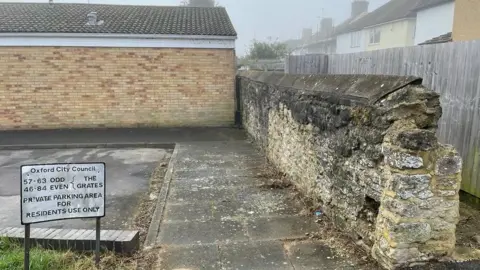
The incongruous remains of the so-called medieval wall runs along the back of a row of houses in this Cowley estate.
Its nomination form suggests it was once a footpath to St James' Church of England from Temple Cowley.
"It sounds strange but it's such an extraordinary survival," Ms Dance says.
"It's a lovely wall right on a footpath, and it reminds you that there was a place there before."
Mr Cook adds: "This was a bit of a surprise to me but this is what the exercise has thrown up. You suddenly come across something you weren't aware of.
"We have similar structures that are nationally listed down at Rewley Abbey. This looks as though it's a more humble and domestic structure but even so it's worthy of nomination."

Cowley Library
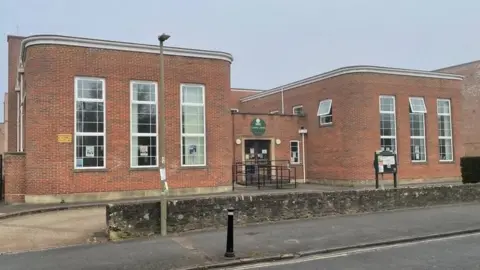
Cowley Library was built in 1940 at a time when the population in the area was rapidly increasing.
Its register entry form says it was "built in a distinctive modernist 1930s style" and that it is the "only example in Oxford of a purpose-built library exhibiting strong inter-war design characteristics".
It highlights its combination of "curved exterior brickwork", "unusually sized bricks, flat roofing and 1930s window and door designs".
Apparently it also "retains a substantial amount of the original 1930s furniture", Art Deco-style plasterwork and toilets with "sanitary-ware of an unusual period design".
Ms Dance says: "Now it's becoming fashionable and we're recognising how important they were but at the time they were being put up as utilitarian buildings.
"What an important asset it is. How many years have people gone there? And here we are with the library still functioning at the heart of the community."

The Printworks, Cowley
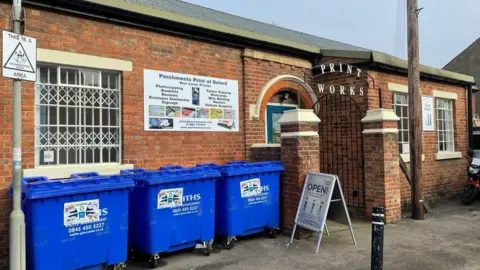
The Printworks was originally a boys' gymnasium, built in the late 19th Century, and partly stands out because of its classic wrought-iron signage.
But the mystery person who applied for its inclusion on the list is definitely not current owner Mary Tomes, who actually had the metal 'Printworks' sign installed herself.
Despite the family running a business there since the 1960s she says she has no love for the building and hopes to redevelop it.
"I'd knock it down tomorrow if I could," she says.
But Ms Dance describes it as "substantial little brick building".
She adds: "Could it be something more? If she took it down would it be better to incorporate it into something else? It's about giving it some thought before it disappears."

Westgate Hotel
 JThomas
JThomas"Beauty is in the eye of the beholder," says Mr Cook of The Westgate Hotel.
It is one of several hotels that popped up in the 1870s with the coming of the railways, though it is one of the last to survive.
Back then it was Dodson's Temperance Hotel, providing an alcohol-free environment at a time of perceived excessive drinking.
Mr Cook says: "It is what it is. Yes, it's a big lump but you've got to remember where this originally came from... this came about as a result of the changes that came.
"It's an interesting addition to the local scene that has lasted and will probably continue to do so even with the changes proposed for the station in the next year or so."

10th Oxford Scout Hall
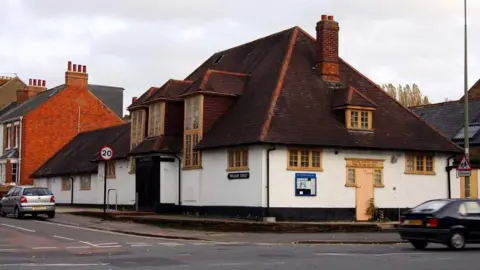 Steve Daniels
Steve Daniels This scout hall in Marston was built in 1909 and is still going strong more than a century later, serving more than 100 young people a week.
The 10th Oxford (Marston) Scout Group is based there, though since it was refurbished in 2007 it has been rented out to the local community too.
Group Scout leader and Cub Scout leader Adrian Edwards has been there "man and boy", having started there as a Cub Scout in 1968.
"We think it's one of the oldest purpose-built scout halls in the country, possibly even the world," he says.
"You go to some scout halls and they're wooden sheds or garages of pre-fabricated concrete, but this is a very nice hall and we've managed to keep it together all these years."

Bailey Bridge on Port Meadow
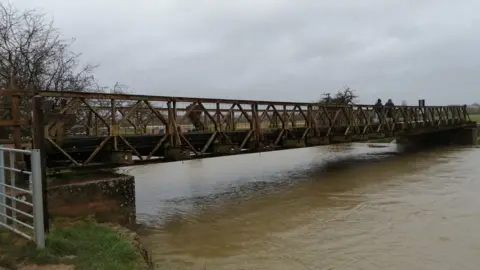
This bridge spanning the River Thames in Port Meadow was reportedly constructed in less than two hours by members of the Army's Royal Engineers in the 1940s.
For Mr Cook, it is a "testament to the ingenuity and skill shown during the Second World War".
He adds: "It was a fantastic use of army surplus and is still surviving to this day. Who would have thought it would be there 70 years on?
"It's probably in need of a bit of repair and we're looking at how to achieve that, but a listing such as this will raise its profile and highlight the importance of these structures elsewhere in the country too."
The full list of Oxford Heritage Asset Register nominations can be found here. A decision will be made at a meeting on Wednesday.

Follow BBC South on Facebook, Twitter, or Instagram. Send your story ideas to [email protected].
